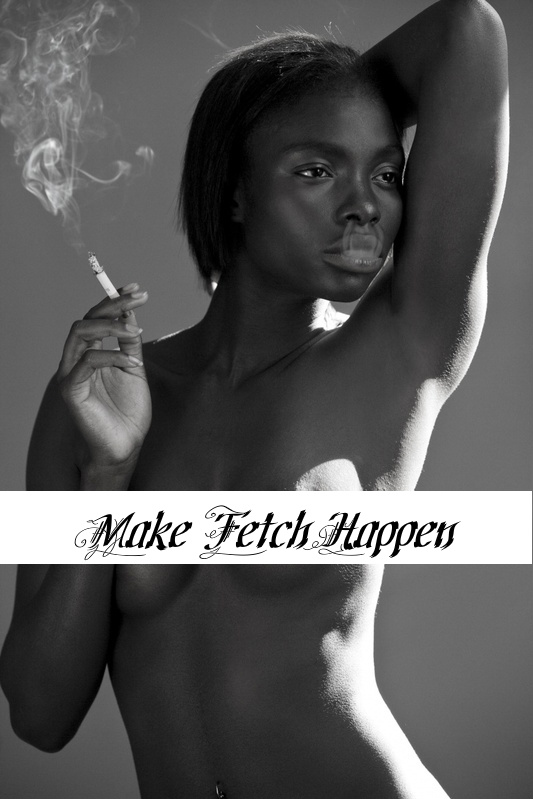 A Tory Burch "original"
A Tory Burch "original"The New York Times has published another in the growing list of articles about the business of knock-offs. This one focusing on retailers such as Seema Anand who, like many of us, will look through magazines and online in search of the latest trends.
The difference is that when Ms. Anand sees a particularly hot item, she phones her factory in India and has them make a slightly "tweaked" version of the garment for her to sell. The factory, like many others in India and China, can mass produce the garment before the original designs have hit upscale retailers like Nordstrom.
As you can imagine, this has sent the fashion world in a tailspin. The article states that The Council of Fashion Designers of America has made copyright infringement it's public enemy number 1 and is lobbying Congress hard for protection arguing that knock-off's are costing them big money to the tune of about 5% of the $180 billion industry.
Of course, if you ask 10 different people how they feel about low cost retailers like Forever 21, copying (sometimes blatantly) runways designs, you are libel to get ten different answers. Most people, it seems, don't really care and honestly, I'm a fence sitter on the subject. I'm not going to pretend that there aren't a few not-so-authentic handbags sitting in my closet right next to the real ones.
While it is obviously illegal for someone to copy say, a Tory Burch flat, right down to her name on the insole, is it really that bad to make a similar shoe with a recognizably different insignia on the toe? It's not like Tory Burch invented ballet flats. What about the sequined dress above? Ms. Anand makes and sells a $260 version of the dress (also by Burch - who makes a $750 version.) Can anyone look at that dress, and call it an "original" design with a straight face? I think this slippery slope will be the arguments downfall.
Fashion is notorious for "borrowing" styles. No one is safe from being ripped off: Hip-hop kids, skateboarders, movies, actors, musicians, tribal groups, and each other. How is it possible to police what is original in this day and age?
The difference is that when Ms. Anand sees a particularly hot item, she phones her factory in India and has them make a slightly "tweaked" version of the garment for her to sell. The factory, like many others in India and China, can mass produce the garment before the original designs have hit upscale retailers like Nordstrom.
As you can imagine, this has sent the fashion world in a tailspin. The article states that The Council of Fashion Designers of America has made copyright infringement it's public enemy number 1 and is lobbying Congress hard for protection arguing that knock-off's are costing them big money to the tune of about 5% of the $180 billion industry.
Of course, if you ask 10 different people how they feel about low cost retailers like Forever 21, copying (sometimes blatantly) runways designs, you are libel to get ten different answers. Most people, it seems, don't really care and honestly, I'm a fence sitter on the subject. I'm not going to pretend that there aren't a few not-so-authentic handbags sitting in my closet right next to the real ones.
While it is obviously illegal for someone to copy say, a Tory Burch flat, right down to her name on the insole, is it really that bad to make a similar shoe with a recognizably different insignia on the toe? It's not like Tory Burch invented ballet flats. What about the sequined dress above? Ms. Anand makes and sells a $260 version of the dress (also by Burch - who makes a $750 version.) Can anyone look at that dress, and call it an "original" design with a straight face? I think this slippery slope will be the arguments downfall.
Fashion is notorious for "borrowing" styles. No one is safe from being ripped off: Hip-hop kids, skateboarders, movies, actors, musicians, tribal groups, and each other. How is it possible to police what is original in this day and age?






No comments:
Post a Comment